Looking for some interesting trees for your garden? Why not start with an interesting letter? Most of the trees that start with Q are from the Quercus oak family – but that doesn’t mean there isn’t much variety!
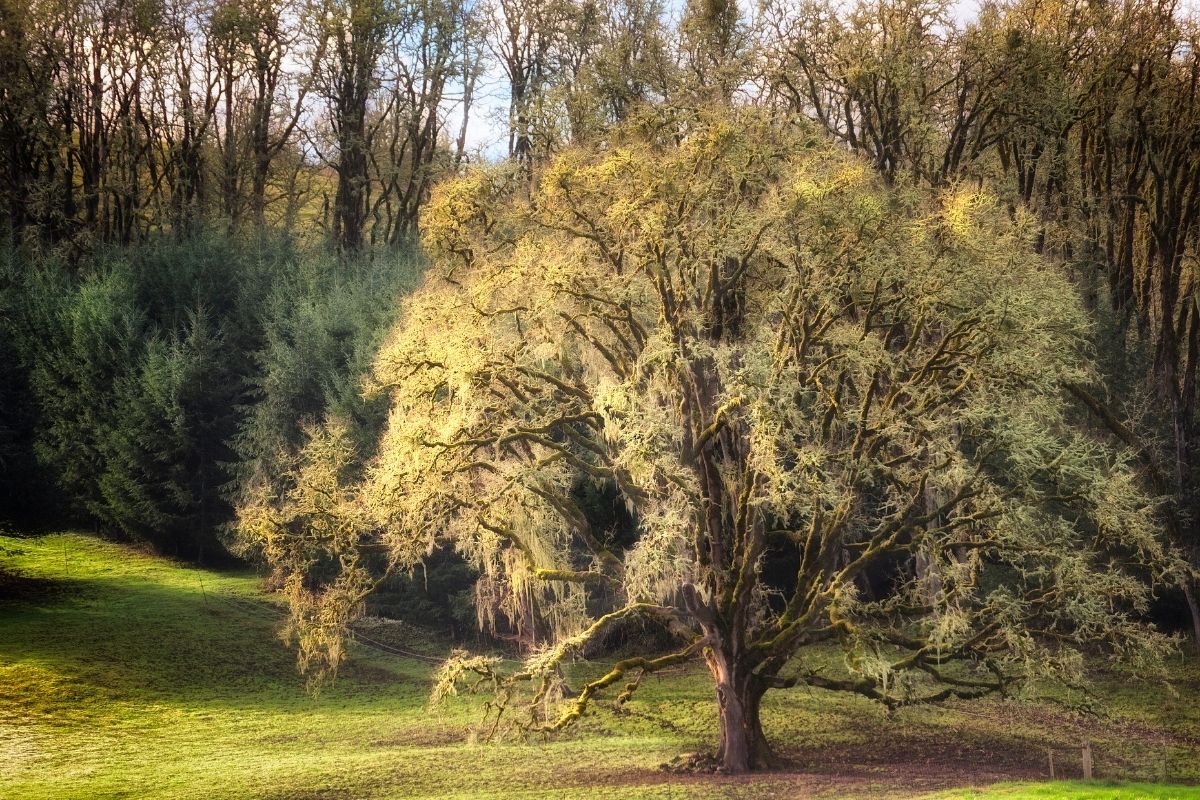
There are quite a few trees that can be classed under “Q”, although you’re most likely to find yourself looking at some incredible oaks. Oak in Latin is “Quercus”.
Most of the trees that begin with the letter “Q” are from the Quercus oak family – but that doesn’t mean there isn’t much variety!
Just within the Quercus family, you’ll find hundreds of species, each with their own unique characteristics. Oak trees are found almost everywhere in the world, and can live for centuries.
So if you’re looking for a new tree, or just want to learn more about your favorite one, read this guide to trees beginning with the letter “Q”.
1. Quaking Aspen, Populus Tremuloides
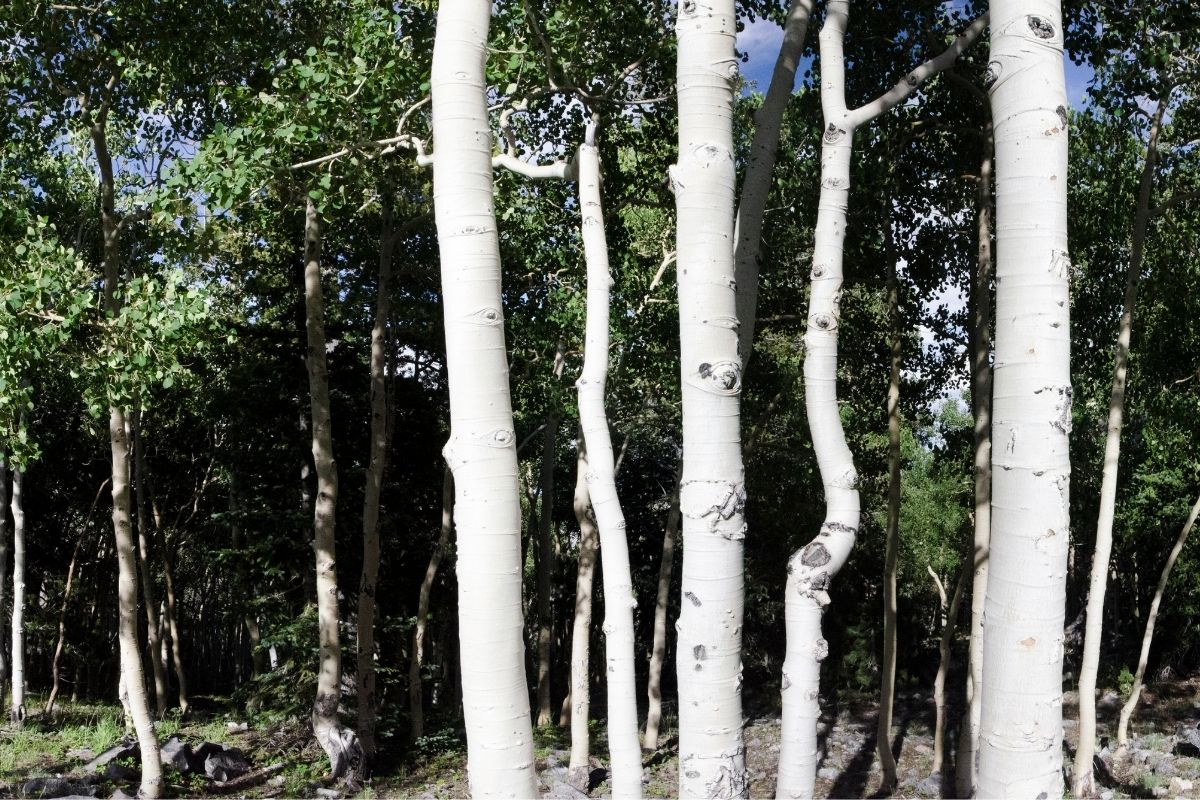
The quaking aspen has a smooth and tall trunk that can reach a height of 82 feet. They get their quaking nickname from the glossy leaves, which tremble and shake thanks to the flexible petioles.
In fall, these leaves turn a wonderful golden yellow color. The quaking aspen is the state tree of Utah, and is found across North America.
2. Queen’s Palm, Syagrus Romanzoffiana
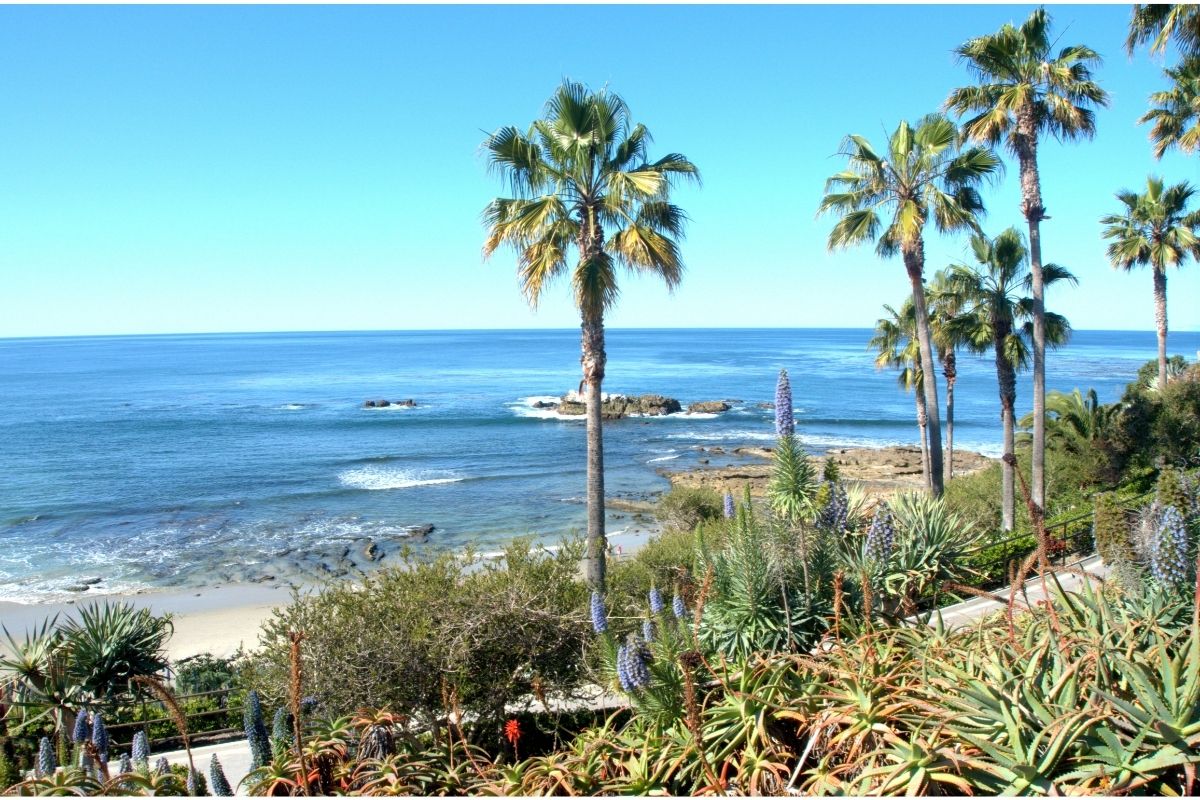
The Queen’s palm is native to Brazil and Argentina. It grows up to 49 feet in height, and is popular for use in landscaping. Its leaves are large and spreading, and it produces fruit every year. These fruits are edible, but contain only a thin layer of flesh over a large nut. The sweet fruits are often fed to pigs.
RELATED: Madagascar Palm Tree: The #1 Care, Propagation, and Watering Guide
3. Queensland Umbrella Tree, Heptapleurum Actinophyllum
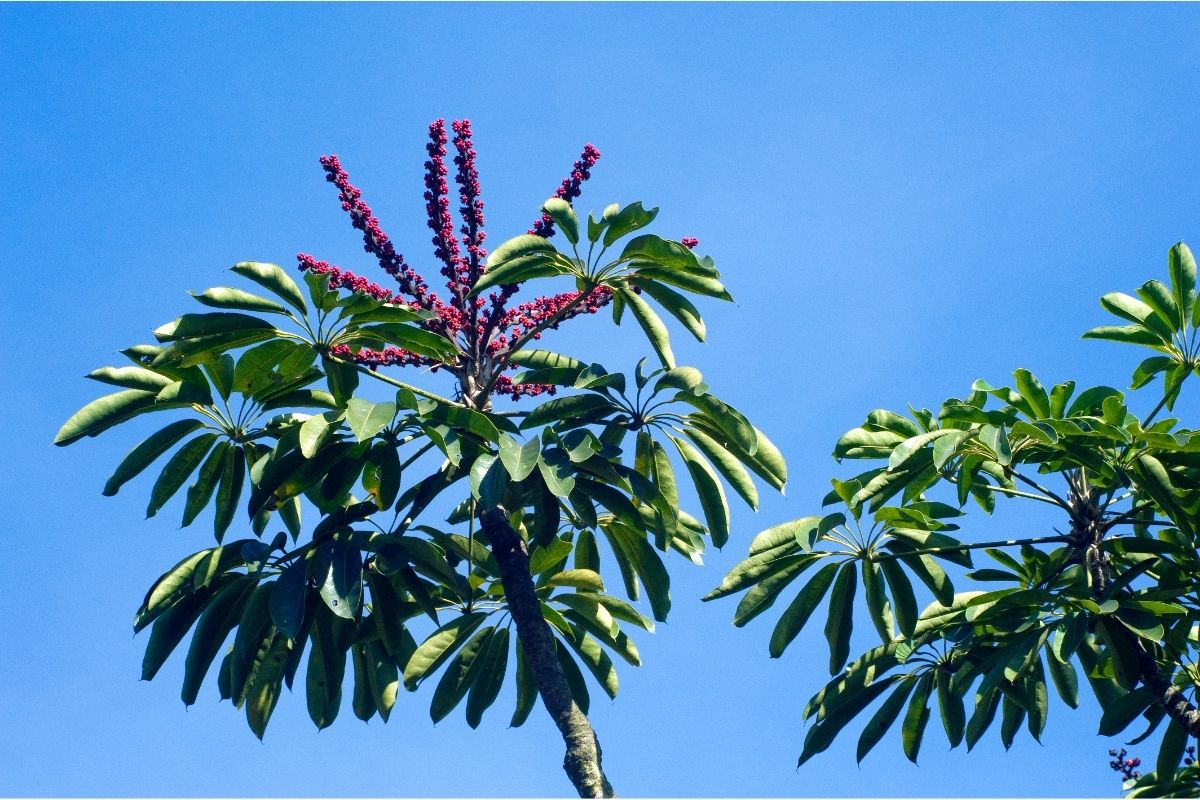
Queensland Umbrella trees can grow up to 49 feet high, and are usually multi-trunked. Their branches spread out like an umbrella, giving them their name.
Queensland umbrellas are found throughout the Northern Territory of Australia, and they’re also known as the octopus tree. They produce up to 1,000 flowers, attracting various birds and animals.
4. Queensland Firewheel Tree, Stenocarpus Sinuatus
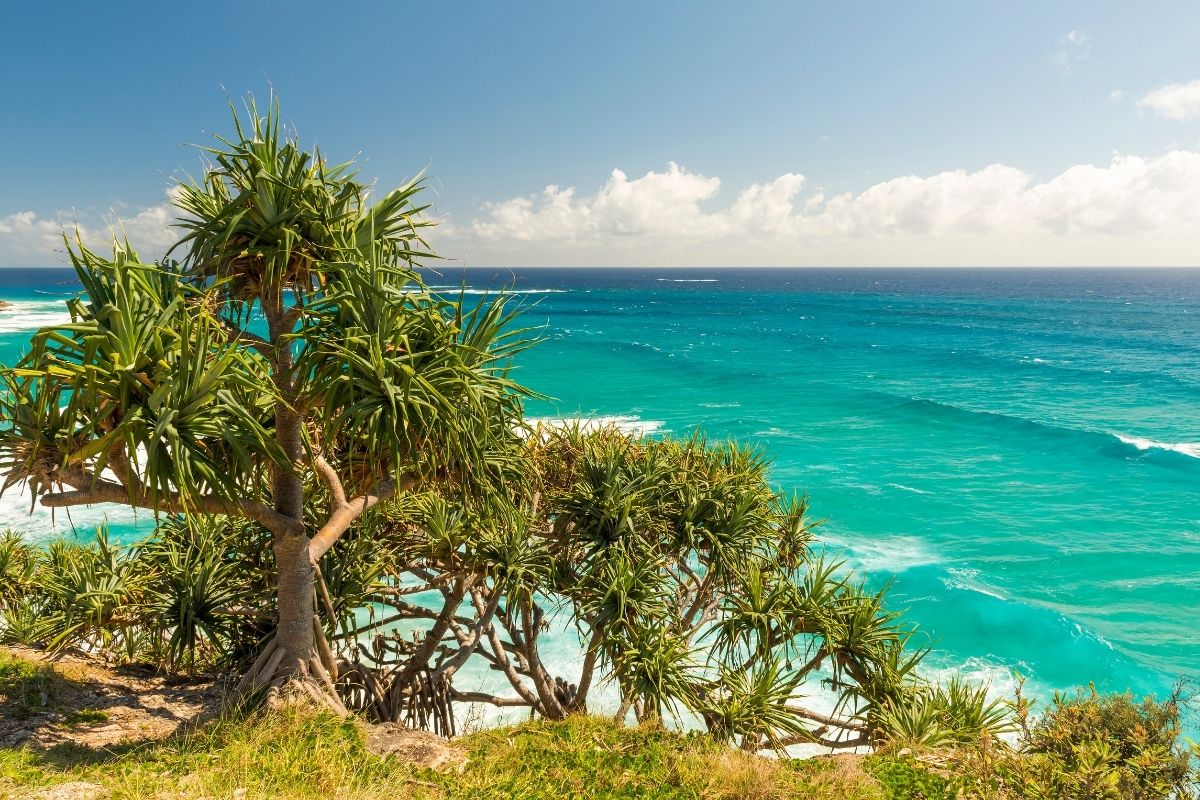
The firewheel tree gets its name from the fact that its flowers are brightly colored and form a circular shape.
This Australian native can grow up to 130 feet tall, with red or orange flowers and bright green foliage. It’s most famous for these spectacular flowers, which is why it’s so popular for ornamental use.
5. Quercus Alba, White Oak
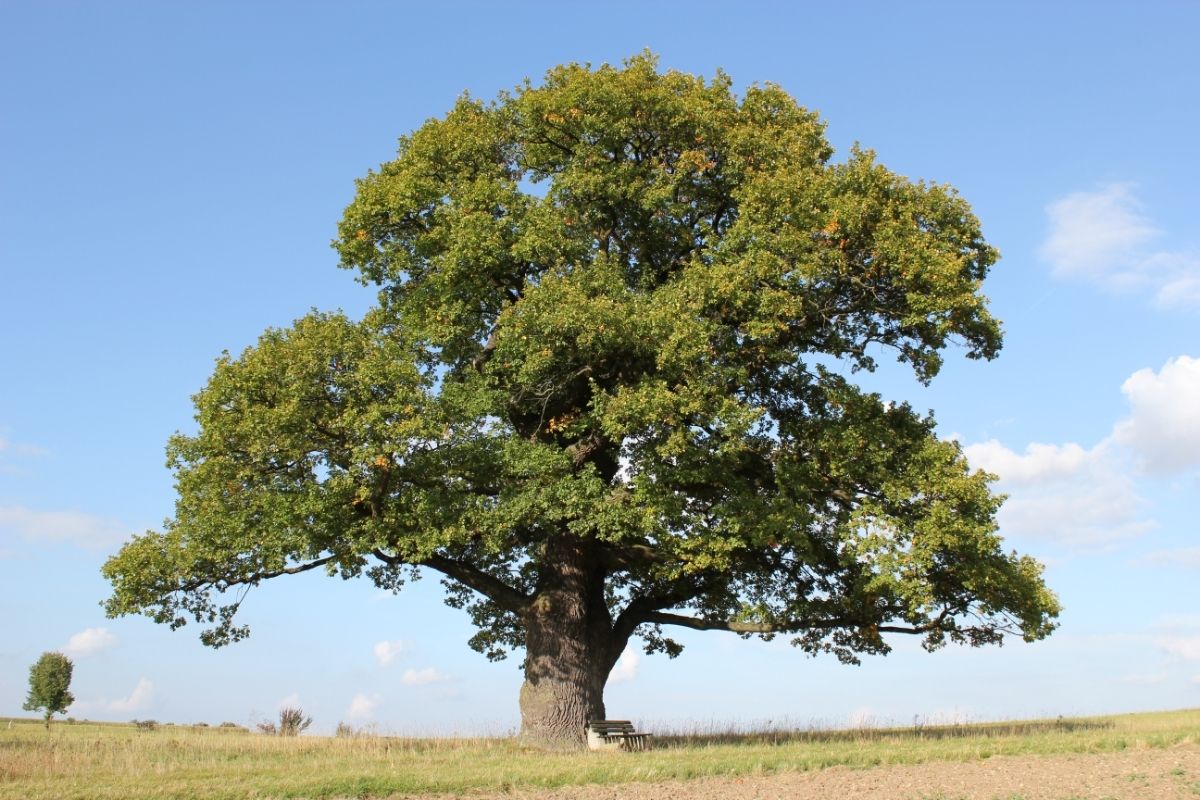
Despite being known as the white oak, the Quercus Alba is very rarely white. In fact, you’re most likely to find the bark in a pale silver or light gray.
A striking tree, it can grow up to 100 feet, with a wide and sweeping canopy. White oak can live to over 300 years, with famous examples being the Great White Oak, which was estimated to be 600 years old when felled.
6. Quercus Aliena, Oriental White Oak
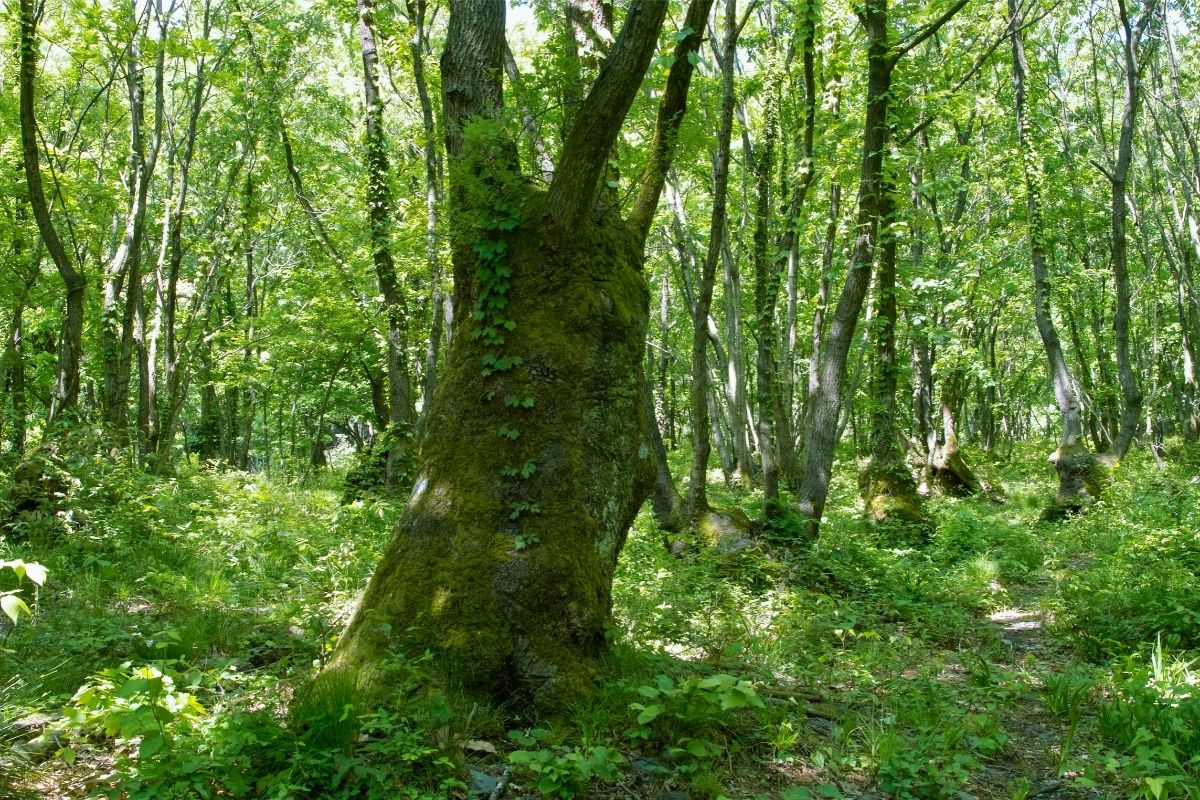
The Oriental white oak, or Quercus Aliena, is a white oak that’s native to East Asia. Its roots grow deep, making it a difficult tree to move, but it can grow in almost any type of soil.
The seeds of the Quercus Aliena are often eaten, and have been used as a thickening agent. They also make a substitute for coffee, in a pinch.
7. Quercus Hartwissiana, Strandzha Oak
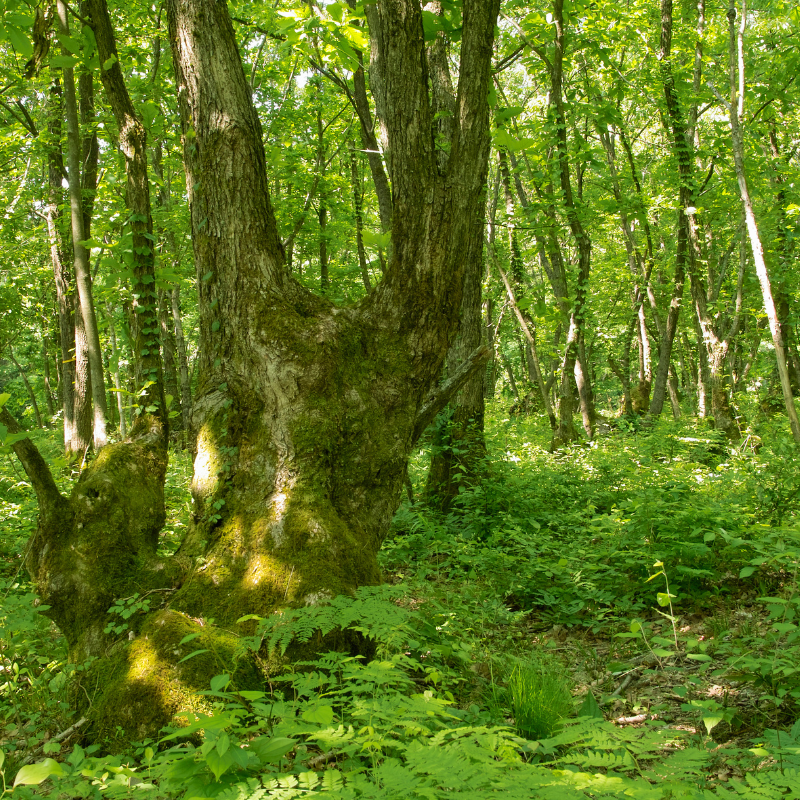
The large and deciduous Quercus Hartwissiana grows in an umbrella shape, with ascending branches and dark bark.
Fossil records of the Strandzha oak have been found dating back to the early Pilocene age, and it’s now found along the Black Sea and into the western Caucasus. It prefers mixed forests, and a humid climate.
8. Quercus Ilex, Evergreen Oak Or Holly Oak

Quercus Ilex was named for its similarities with the European holly. An evergreen, it grows branches that are dense with dark leaves. The Quercus Ilex is often planted in truffle orchards, as the notoriously tricky truffle can be found growing around the roots and base of the trunk.
Quercus Ilex is a long living tree, with a Spanish specimen said to be 1,200 years old, and a grove in Malta rumored to have Holly Oaks between 500 and 1000 years old.
9. Quercus Infectoria, Aleppo Oak
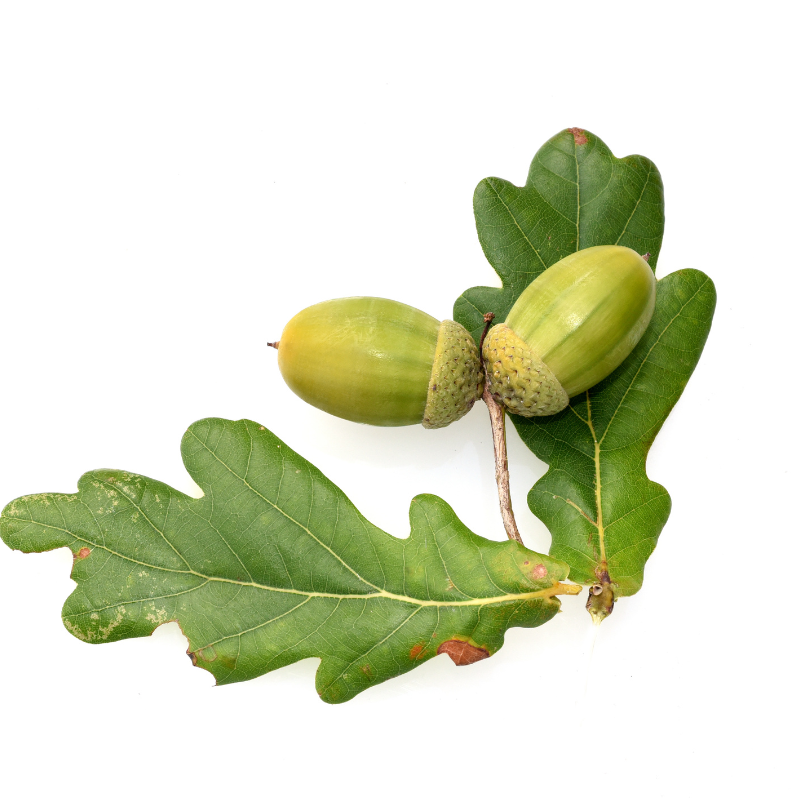
Indigenous to Southern Europe and the Middle East, the Aleppo Oak has been widely known for its production of galls. These strange growths have been used for everything from medicine to dye, and also for softening and tanning leather.
10. Quercus Kelloggii, California Black Oak
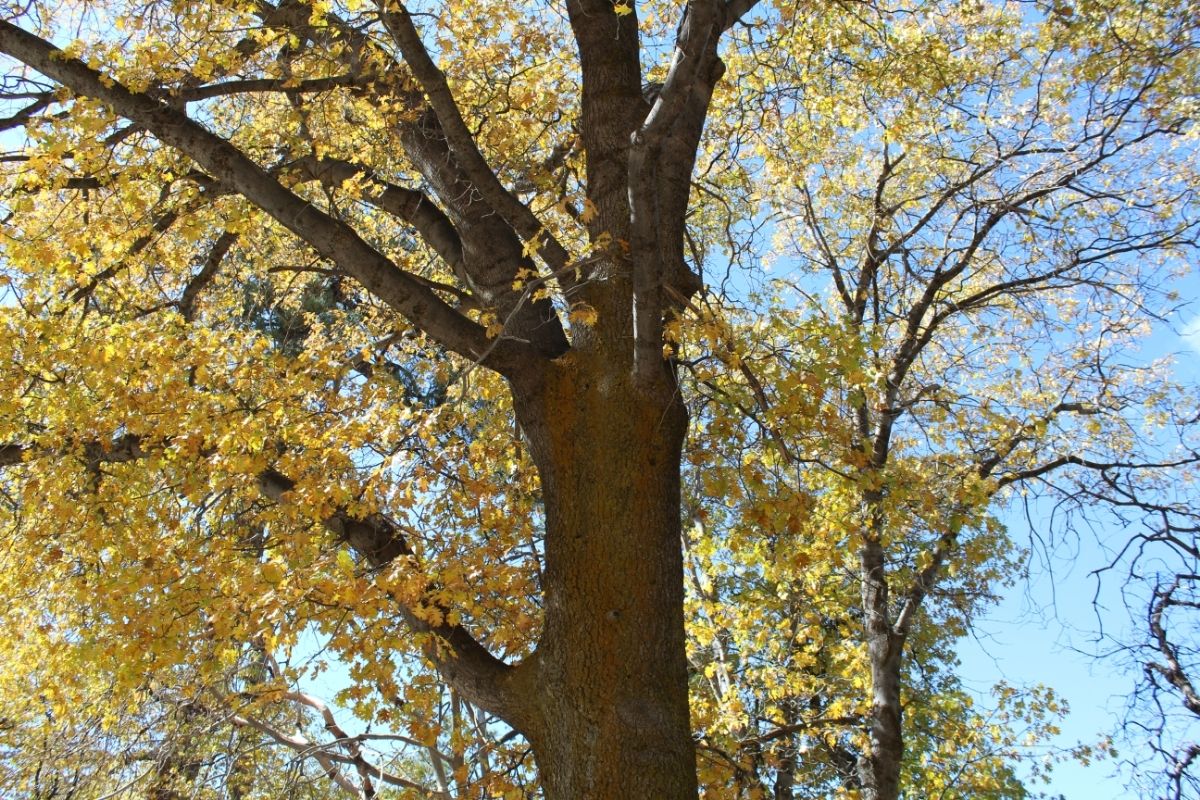
A red oak native to North America, the Quercus Kelloggii is a deciduous tree that prefers well-drained soil. It has a bushy form, with broad spreading branches.
The Quercus Kelloggii is incredibly useful in the wild, providing a home for owls, squirrels, and even nest sites for the American Black Bear.
The acorns of the Quercus Kelloggii are large, and provide foraging opportunities for animals, and were once an important food source for the Native Americans.
11. Quercus Leucotrichophora, Banjh Oak
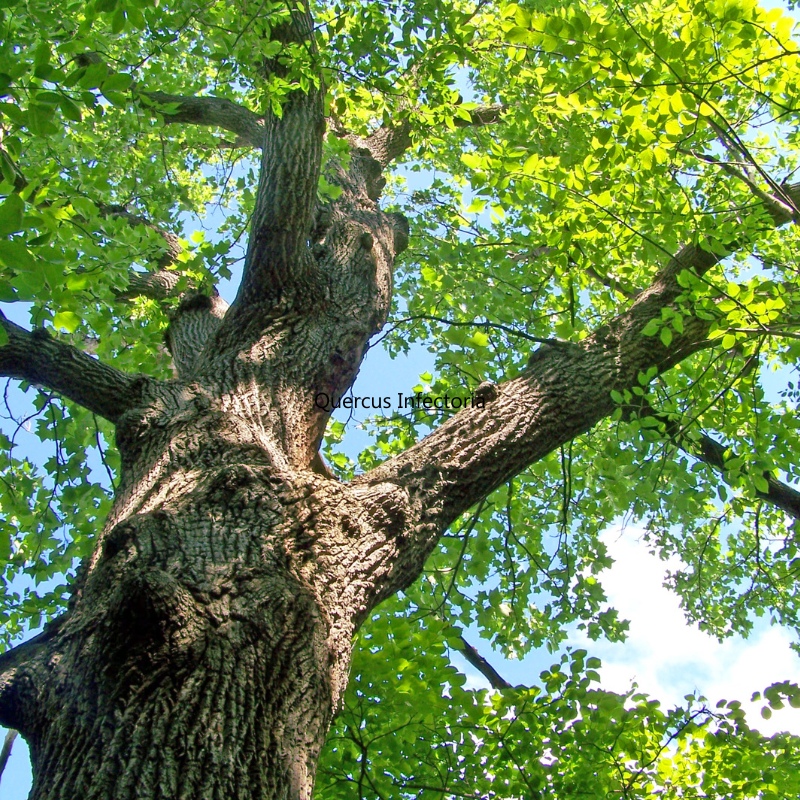
The Banjh oak, Quercus Leucotrichophora, is a Nepalese oak that is considered essential in the Himalayas. It provides fuel for burning, feed for cattle, compost fertilizer, and the timber can be used to make farm tools. It grows dark green leaves with a pale underside, and slim drooping flowers.
12. Quercus Lyrata, Overcup Oak
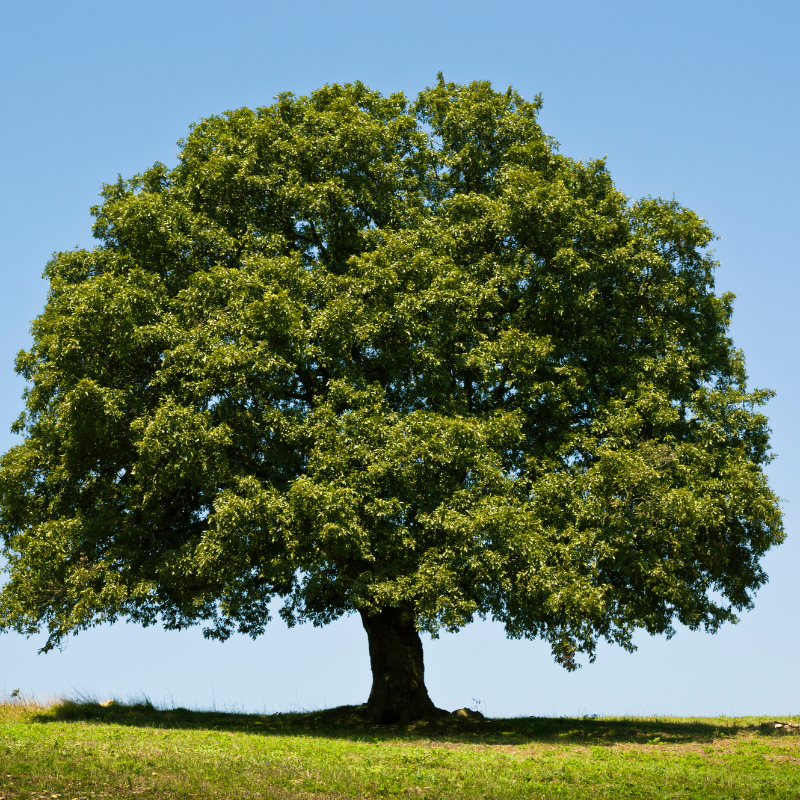
Commonly known as the overcup oak, the Quercus lyrata is named for its acorn, which are almost completely enclosed with the acorn cup.
A deciduous tree, it’s slow growing, and can take almost 30 years to reach maturity. Found in the wetlands of the United States, the overcup oak can live for up to 400 years.
13. Quercus Macrocarpa, Burr Oak
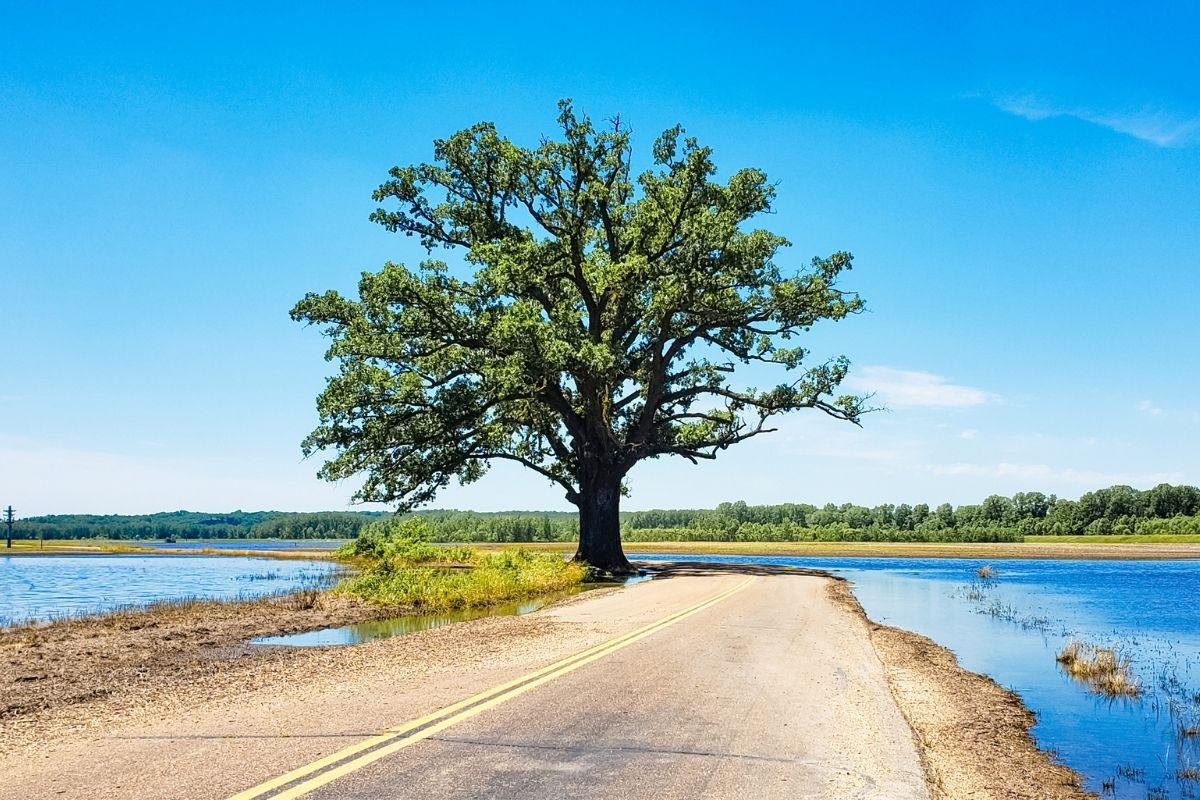
The spreading branches of the Burr oak contribute to the reason Quercus Macrocarpa is one of the largest oaks found in the world – the trunk diameter alone can be an incredible 10 feet.
Widespread in North America, the Burr oak can be found from New Mexico up into Canada, but it prefers the temperate climates. The Burr oak is the namesake of several places, such as Burr Oak State Park in Ohio, and the city of Burr Oak in Kansas.
14. Quercus Montana, Chestnut Oak
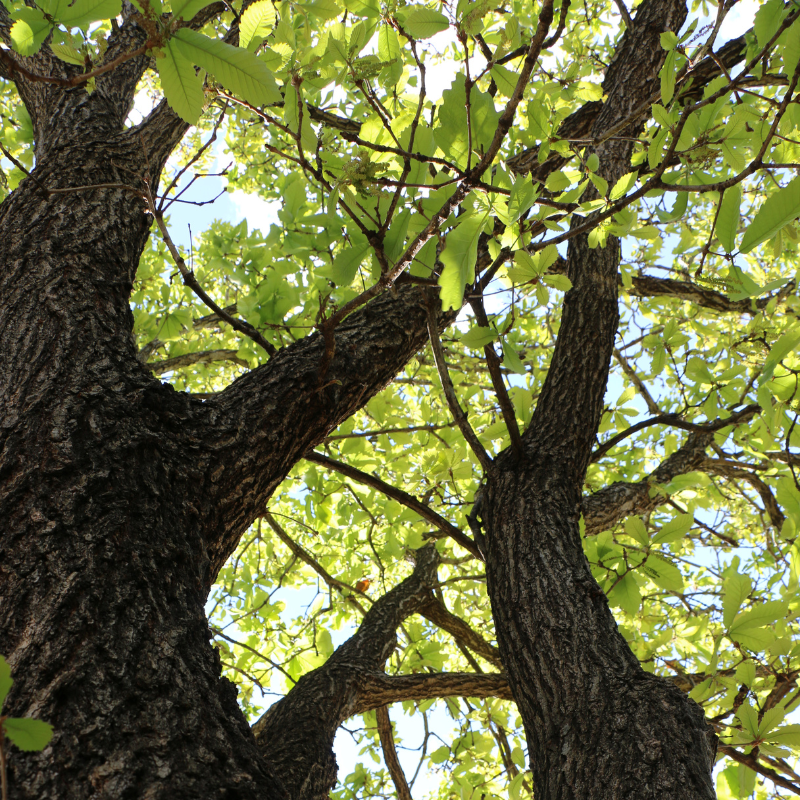
Sometimes known as the Rock Oak, the Quercus Montana grows from some unusual places. It prefers dry conditions, including exposed ridge tops, and can even grow on rocks.
Smaller than many oaks, the chestnut oak is recognized for its thick and distinctive bark, and some of the largest chestnuts of an American oak.
RELATED: 11 Different Types Of Chestnut Trees (Including Photos)
15. Quercus Petraea, Sessile Oak
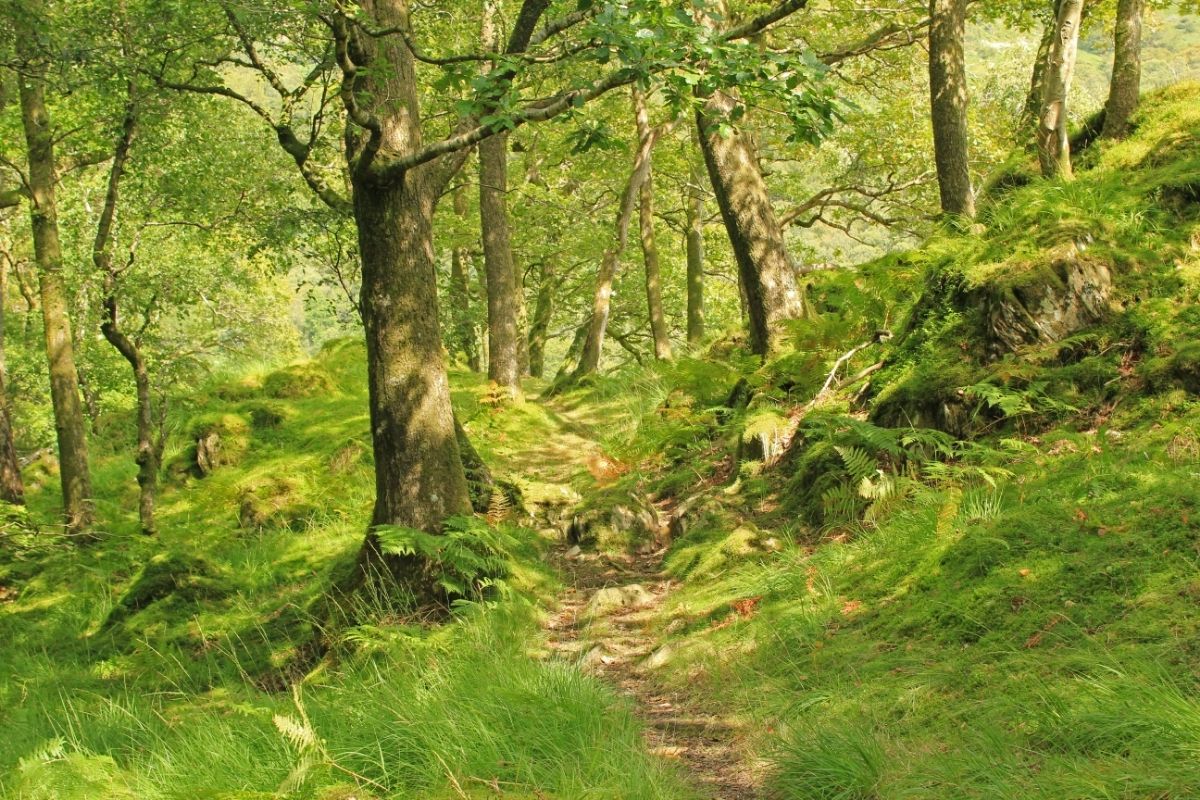
The national tree of Ireland, the Quercus Petraea is native across much of Europe, and has a range that stretches to the Middle East. The sessile oak is a deciduous tree, and can grow to be very tall and old.
The Pontfadog Oak, a sessile oak tree in Wales, was said to be over 1,200 years old before it blew down. When mature, the Quercus Petraea will produce flowers and acorns. It’s most commonly grown for its timber, which is used for building.
16. Quercus Phellos, Willow Oak
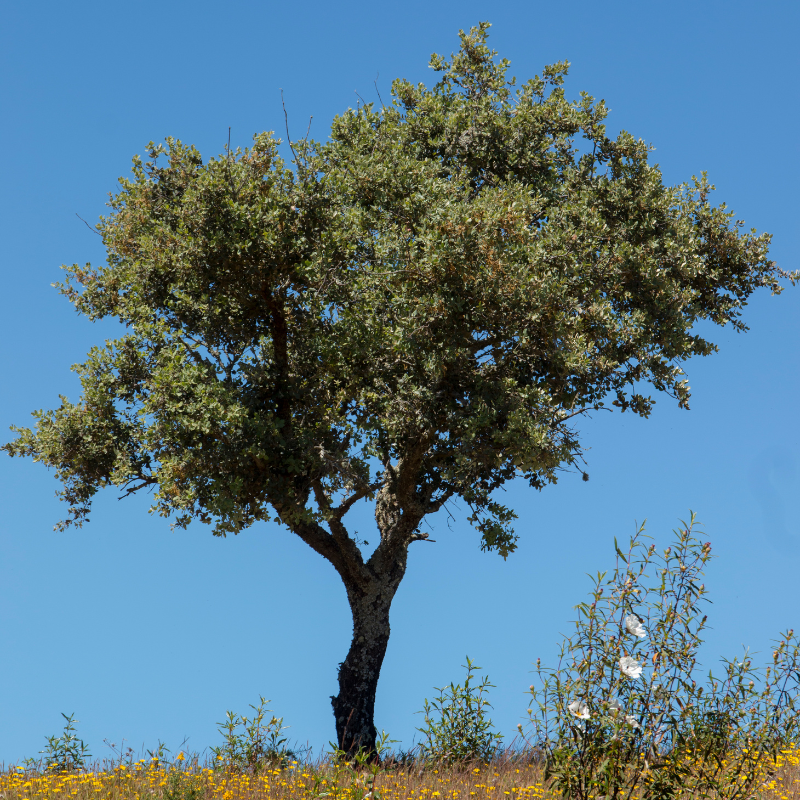
The Quercus Phellos is found throughout the southern American states, and is often planted for ornamental purposes in gardens and landscaping. It has a straight trunk, with a full crown and long willow-like leaves. It grows fast, and is a hardy tree.
17. Quercus Robur, Common Oak
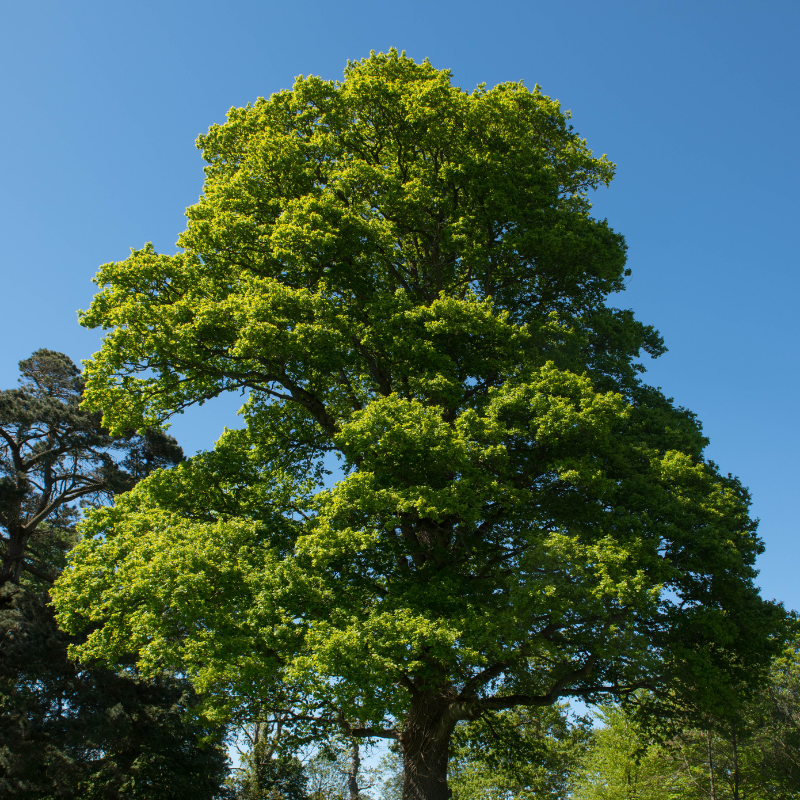
The common oak, Quercus robur, is one of the most widespread trees in Europe. It has a wide distribution, and is found in both wet and dry areas. In the United Kingdom, it is the national tree.
The common oak is a popular symbol throughout Europe. It’s also the national symbol of Latvia, on the coat of arms in Bulgaria, and is associated with the god of thunder Thor in Scandinavia.
18. Quercus Suber, Cork Oak

The cork oak, Quercus suber, is native to the Mediterranean region. It can grow to be 50 feet tall, and produces large quantities of cork. The cork oak is one of the oldest living organisms on Earth, with fossil records going back to the Tertiary period.
The cork produced by the cork oak is used extensively, including for bottle stoppers and the center of cricket balls.
19. Quercus Virginiana, Southern Live Oak
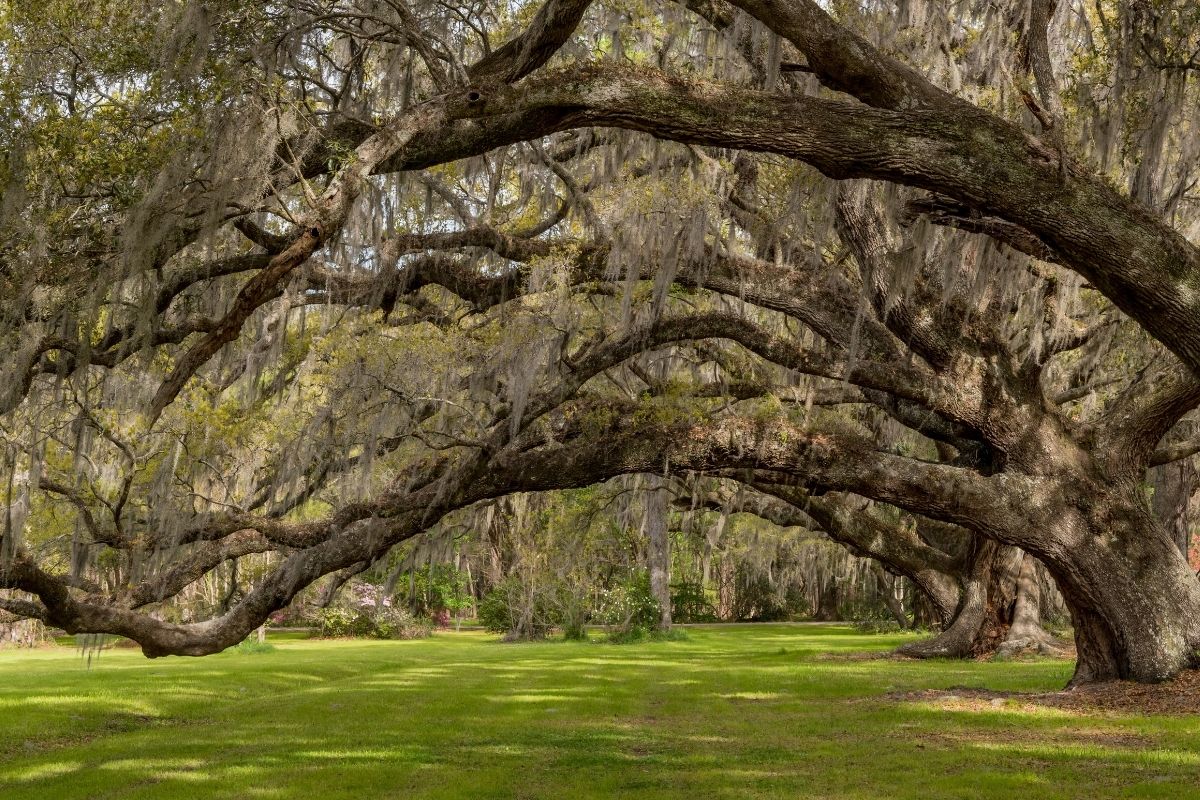
The Quercus Virginiana is native to the southeastern United States, and can grow to heights of 70 feet, with a limb spread up to 90 feet. Strong and hard, the Southern Live Oak has historically been used in the construction of ships.
There are several well known Quercus Virginiana in the US, including the massive Seven Sisters Oak, and The Big Tree, which is thought to be around 1,000 years old.
20. Quince, Cydonia Oblonga
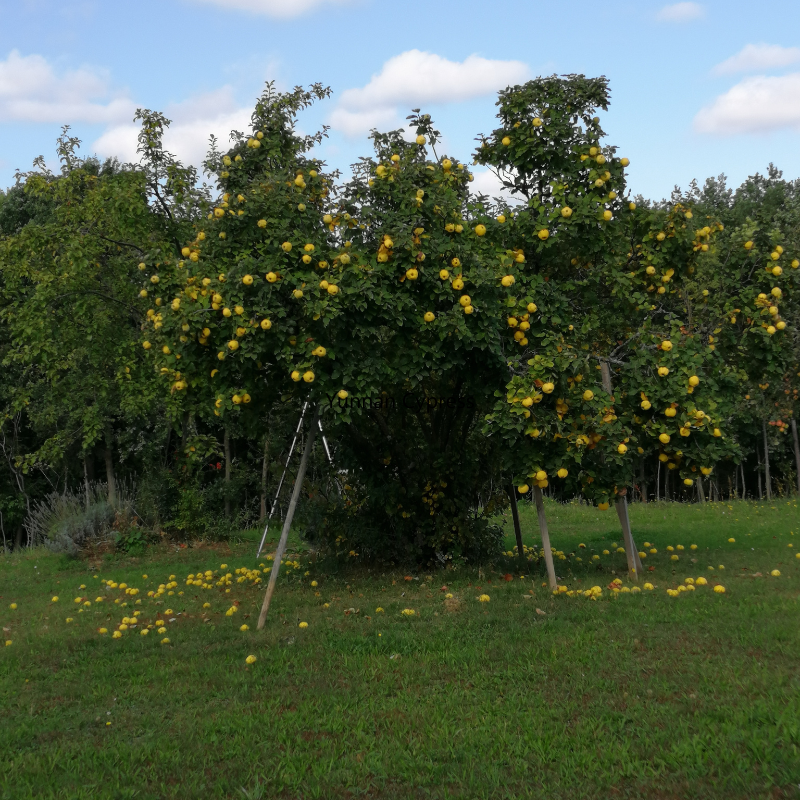
Quince is best known for its fruit, which resembles a pear and is typically eaten cooked. The quince tree is often grown for ornamental purposes, and is sometimes grown as a bonsai tree.
It produces pretty pink blossoms, which is why the tree is favored by landscape architects. Quince is hardy, and can adapt to various climates.
Final Thoughts
We hope you’ve learned something about the variety of the “Q” trees! This most unusual of letters has a surprising amount of trees to its name (even if most of them are Quercus oaks).
We’ve only been able to cover a small selection of them with this guide, but there are so many more interesting varieties to learn about.
Editor’s Recommendations
10 Different Peach Trees (Including Photos)







